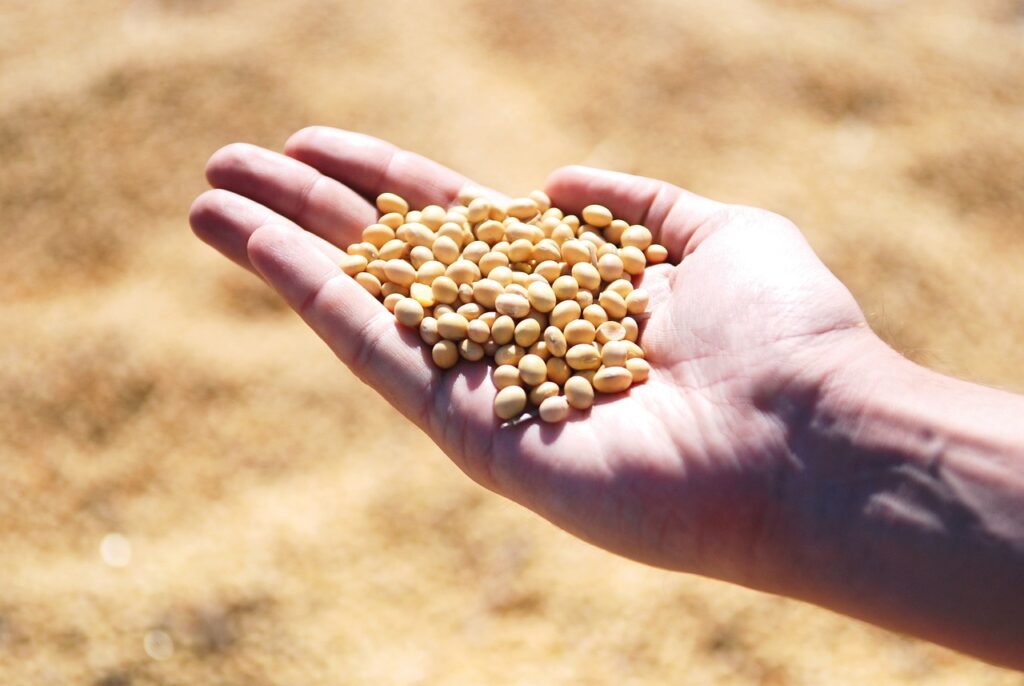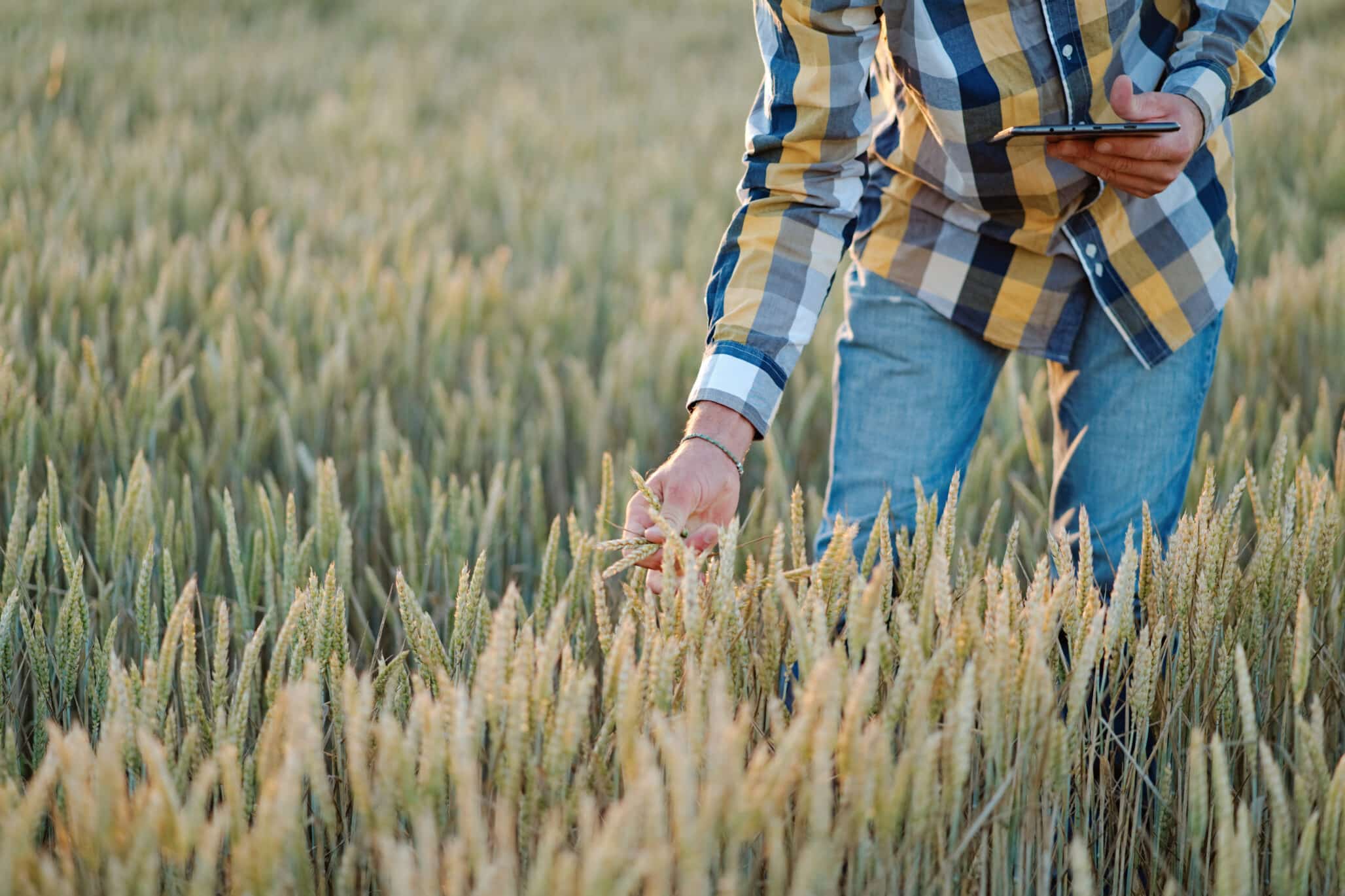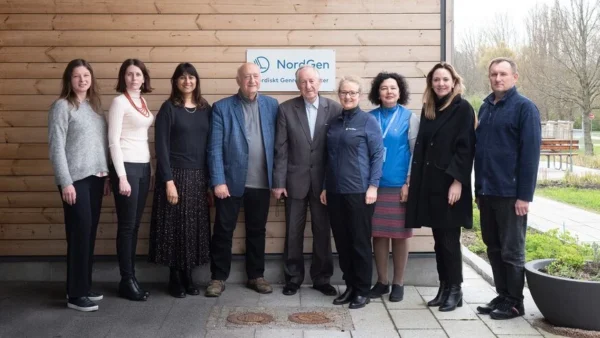A closer look at emerging plant diseases and strategies for their mitigation.
WHY IT MATTERS: Over the past few years, emerging plant diseases have garnered significant attention at the international level, prompting regulatory actions in various countries. Unfortunately, national and regional regulations often lack alignment, resulting in trade disruptions. Seed World Europe explores these challenges, seeking insights from experts in the field. Emerging plant diseases are persistent threats to the food and cash crops that are often critical for global food security. These threats can be particularly devastating in limited-resource countries, where they exacerbate ongoing challenges in crop production. Seed World Europe spoke with Jack Metzelaar, Director of Industry Affairs at Limagrain Vegetable Seeds and Dr. Rose Souza Richards, Phytosanitary Affairs Manager at the International Seed Federation (ISF).
The regulations regarding emerging international plant diseases exhibit significant variation across countries, reflecting diverse approaches to seed health and governance. Each nation adopts its own set of guidelines, protocols, and measures in response to such diseases, leading to a complex landscape of regulatory frameworks. Souza-Richards emphasizes that these discrepancies can have notable implications for international trade.
“Variances in seed health regulations may create challenges for businesses involved in cross-border trade as they navigate differing requirements and compliance standards. The potential for disruptions in supply chains, trade restrictions, and increased transaction costs arises due to these regulatory disparities,” she says.
Moreover, divergent approaches to seed health regulation can impact the overall stability and predictability of international markets. Differences in border control measures may influence the movement of goods, affecting the smooth flow of international trade.

“Addressing these discrepancies calls for enhanced collaboration and coordination among nations to establish more harmonized and streamlined regulatory frameworks,” says Souza-Richards. “Such efforts would contribute to fostering resilient and efficient international trade systems in the face of emerging global seed health challenges.”
Arguably, the single biggest challenge for the seed sector is the timely and coordinated recognition of the importance of an emerging disease. In some cases, a disease is already considered endemic by the sector by the time the National Plant Protection Organization (NPPO) of one country decides to start regulating it.
“The reaction time of the NPPO of a major country of seed supply can then be long, as [the emerging disease] is simply not recognized as a major issue,” says Metzelaar. “The sector then is at risk to lose important seed production opportunities, or counter season nurseries for research are put at peril with little or no possibility to find alternatives.”
Drawbacks of Current Regulations
According to Souza-Richards, the current regulatory approach to managing emerging diseases in seeds presents several drawbacks that warrant consideration. One key challenge is the potential lack of uniformity in regulations across different regions or countries, she says.
“Divergent standards and requirements can create confusion for seed producers and traders, hindering the global movement of seeds.”
Metzelaar underlines that anything that is ad-hoc makes it difficult to manage sudden change.
“The cycles in seed production are such that it is not possible to make important changes [quickly] in choosing sites and countries for production and even research,” he says. “If there would be clearer and more transparent communication between all parties involved at an early stage, appreciation of risk and prevention management would be possible, thus creating immediate risk mitigation.”
Both agree that the delay in updating regulations to address new and evolving threats, along with the delay in eliminating outdated and obsolete requirements that lack technical justification for the listed pests, are both notable drawbacks to the existing systems.
The complexity and rapidly evolving diversity of seed-borne diseases adds another layer of difficulty.

“Regulations may not adequately account for the range of pests that can be scientifically proven to affect seeds, leading to overregulation on seeds as a commodity. This could compromise agricultural productivity and food security, as it will create a barrier to the international movement of seeds,” says Souza-Richards.
In addition, the lack of a standardized international approach may impede collaboration and information sharing among countries. Timely and transparent communication is crucial for effective disease management, and regulatory barriers can impede the exchange of vital information related to emerging threats.
“To address these drawbacks, there is a need for increased international cooperation, streamlined communication channels, and agile regulatory frameworks that can adapt swiftly to the dynamic nature of emerging seed-borne diseases,” says Souza-Richards.
These improvements would enhance global preparedness and resilience in the face of evolving agricultural challenges, she says.
In Pursuit of Eradication
The pursuit of eradication for emerging plant diseases in the context of seed health can have substantial implications for the seed sector on a global scale. Souza-Richards admits that while the goal of eradication is commendable for preventing the spread of harmful pathogens, it comes with its own set of challenges and impacts.
“This is a major issue,” agrees Metzelaar. “Particularly the vegetable and ornamental seed sectors are highly international. Seed is generally high value, low volume, but high risk. Strict eradication measures make research for resistance nearly impossible because the seed has to move in and out of what are considered risk areas for the emerging disease in order to correctly assess resistance.”
Short term eradication might seem the best solution, but experience shows that this is very ambitious, and very risky. In the end, prevention and the development of resistance are proven to be more effective longer-term solutions.
One of the challenges to the pursuit of eradication is the financial burden, which can be significant, on the seed sector. Implementing rigorous eradication measures, such as extensive testing, quarantine protocols, and destruction of affected seed lots can incur substantial cost.
“This financial strain is particularly felt by smaller seed producers who may struggle to meet stringent requirements, potentially leading to market consolidation and reduced diversity within the sector,” says Souza-Richards.
Furthermore, the pursuit of eradication may result in disruptions to global seed trade. Strict measures to contain and eliminate emerging diseases can lead to temporary or permanent trade restrictions. Such disruptions not only impact the affected regions, but also reverberate across the global supply chain, impacting seed availability, prices, and agricultural productivity on a broader scale.

The focus on eradication may also lead to increased regulatory complexity. As countries implement their own measures to combat emerging diseases, the lack of international standardization can create a patchwork of regulations.
“Navigating this regulatory maze becomes challenging for businesses engaged in cross-border trade, potentially impeding the flow of seeds and hindering global collaboration in research and development,” adds Souza-Richards.
She underlines that balancing the imperative of disease control with the need for sustainable seed industries requires a collaborative and harmonized international approach. Coordinated efforts in research, early detection, and shared best practices can mitigate the negative impacts of eradication efforts, ensuring global seed security while fostering a resilient and interconnected seed industry.
Mitigation Tools
There are several tools and measures that the international seed sector can employ to mitigate risks associated with emerging diseases.
“Certainly, mitigating risks associated with emerging international diseases in the seed sector requires a multifaceted approach,” says Souza-Richards.
The following tools and measures are already being employed by the international seed sector and will continue to be used to mitigate risks associated with emerging international diseases:
1. Genetic Resistance and Breeding Programs: Seed companies invest in breeding programs to develop seed varieties with genetic resistance to prevalent diseases. By selecting for resistance traits, the industry enhances the long-term resilience of crops.
2. Disease Surveillance and Monitoring: Seed companies regularly assess and analyse seed health data through their many activities employed during crop production to identify emerging threats early, allowing for timely responses and preventive actions.
3. International Collaboration and Information Sharing: The international seed sector does and will continue to foster collaboration among international seed organizations, research institutions, and regulatory bodies. This facilitates the exchange of information, research findings, and best practices, which in turn enhances collective knowledge and preparedness.
4. Phytosanitary Standards: The international seed sector supports the adoption of internationally recognized phytosanitary standards for seed trade, such as ISPM 38. The correct implementation of these international standards allows for the establishment of import requirements for seeds that are harmonized and predictable, allowing efficient movement of seeds crossing international borders.
By incorporating these tools and measures, the international seed sector is enhancing its capacity to mitigate risks associated with emerging diseases, ensuring a more resilient and secure global seed industry.
“The understanding should always be that the international seed sector is the first to try to mitigate risks on emerging diseases,” says Metzelaar. “Long term relationships with customers and basic food security are the foundations of the sector. Dialogue with NPPOs, the scientific community and competitors are of utmost importance in the recognition and combat against emerging diseases. The incentive to be the first to introduce resistance is the most effective motivator to solve any issue that affects food production.”

Regulatory Adjustments for a Smoother Seed Trade
It is a well-established fact that the seed sector is very diverse. Still, coordinated efforts across the seed value chain will enable a more cohesive global sector capable of more timely response to emerging threats and more seamless movement of seed across international borders. These coordinated efforts ultimately depend on a science-based international trade environment.
“Companies that are members of ISF have committed to apply the most effective methods to move clean and healthy seed from one country to the other,” says Metzelaar. “And trust and transparency are key words in discussing regulatory adjustments. Biased opinions on the objectives of the sector create artificial barriers for the movement of seeds. A well-established technical base for the reasons why these barriers are set is of first importance,” he says.
“Enhancing the smoothness of international trade requires strategic regulatory adjustments that foster harmonization, transparency, and efficiency,” agrees Souza-Richards.
To that end, some actions can be taken by the NPPOs to enhance the smoothness of the international seed trade (see below) By adopting these regulatory adjustments, countries can create an environment conducive to smoother international trade in seeds, says Souza Richards.
Preventing Future Disruptions
There are several effective strategies to pre-empt or slow the emergence of new plant disease issues and their related international trade disruptions. Most importantly, these strategies start with international alignment at every level of the seed value chain.
“Preventing future disruptions at the international level involves a proactive and collaborative approach. International collaboration among researchers, the public and the private sectors leads to a deeper understanding of potential risks and the development of effective preventive measures,” says Souza-Richards.
“The key words remain trust and transparency,” adds Metzelaar, pointing out that all parties involved have the same end goal: avoiding risks and recognizing possible important disruptions to food production. However, he says, “risk should be measured and seed as a vector for disease should be proven. The approach to regulate ‘just in case’ is disruptive to the production of our everyday food.”
Proposed actions to enhance the smoothness of the international seed trade
1. Harmonization of Standards: International alignment on testing protocols and phytosanitary requirements in accordance with international standards and agreements can reduce trade barriers and streamline processes.
2. Mutual Recognition and Confidence: Mutual recognition and confidence between countries, acknowledging and accepting each other’s phytosanitary certificates. This approach promotes trust and simplifies the movement of seeds across borders, eliminating the need for redundant testing and documentation.
3. Digital Documentation and Traceability: Embrace digital technologies for documentation and traceability of seed shipments. Electronic systems can reduce paperwork, enhance accuracy, and expedite customs clearance, contributing to more efficient international trade.
4. Capacity Building: Invest in capacity-building initiatives to strengthen regulatory bodies in different countries. This ensures that nations have the expertise and resources to implement and enforce phytosanitary regulations effectively.
5. Stakeholder Engagement: Foster ongoing dialogue between regulatory authorities, industry stakeholders, and research institutions. Involving all relevant parties in the regulatory decision-making process promotes a comprehensive understanding of challenges and facilitates the development of pragmatic, science-based regulations.













